Domestic oversupply still massive imports
At the conference on Assessing the current situation and proposing solutions for poultry farming in the new situation on the morning of April 27, Mr. Tong Xuan Chinh - Deputy Director of the Department of Livestock (Ministry of Agriculture and Rural Development) said that Vietnam is one of the countries with the largest poultry herd in the world , and the second largest waterfowl herd in the world. In the period 2018-2022, the poultry herd increased rapidly from 435.9 million to 557.3 million. Of which, the main livestock is broiler chicken, accounting for 81% of the total poultry herd in our country.
The average growth rate of poultry meat during this period reached 17.3%, with chicken meat alone increasing by 18.52%.
According to Mr. Chinh, in a year, poultry has many rotations (batches). For example, white-feathered chickens can rotate 5 times, colored-feathered chickens can rotate 3 times, so egg and meat production increases very high. In 2022, the total number of eggs will reach over 18 billion.
In the first quarter of 2023, the poultry flock is estimated at about 551.4 million, up 2.4%; poultry meat output is estimated at 563.2 thousand tons, up 4.2%; eggs are estimated at 4.7 billion, up 4.5% over the same period in 2022. The average price of poultry from the beginning of 2023 to now is 25,600 VND/kg; chicken egg prices range from 1,750-2,200 VND/egg, duck egg prices are 2,200-2,400 VND/egg.
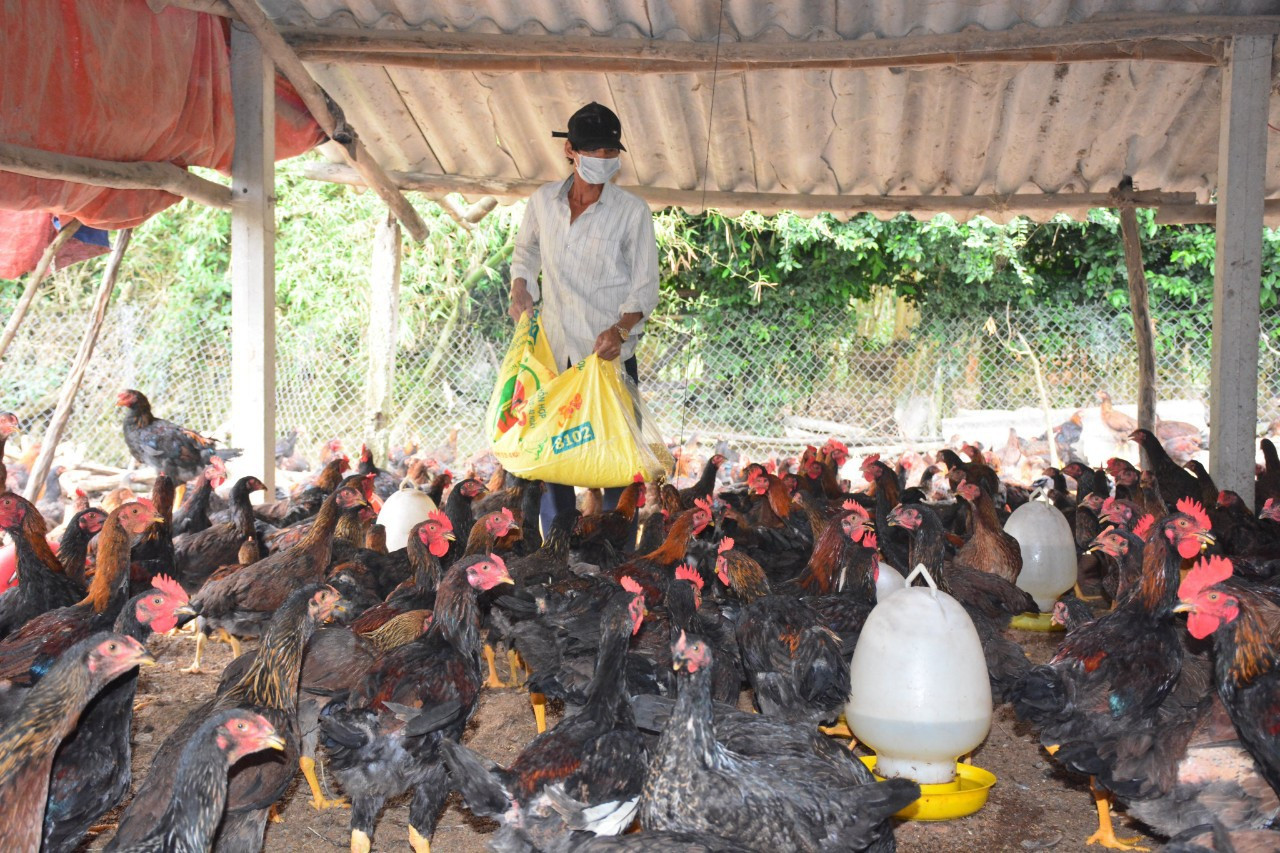
In addition to the sharp increase in domestic supply, Vietnam also spends a huge amount of money to import livestock products, even importing live chickens for slaughter.
Statistics show that the total import value of livestock products in 2022 reached 3.32 billion USD. In addition to importing breeding animals, in 2022, live chickens imported into Vietnam for slaughter were 6,603 tons, an increase of 100.8%; and 24,662 tons of slaughtered poultry meat were imported, an increase of 9.6% compared to 2021.
In the first quarter of 2023, the amount of chickens imported to Vietnam for meat in the first 3 months of the year alone reached 1,120 tons; the amount of slaughtered poultry meat reached 47,817 tons.
Meanwhile, the production capacity of farmers and businesses is very large. If we only serve the domestic market of 100 million people and about 17 million international visitors to Vietnam, there will be a surplus. Therefore, it is necessary to promote the export of poultry products at present, Mr. Chinh emphasized.
But in 2022, the export value of livestock products is estimated to reach 409 million USD, down 7.1%. Meanwhile, Vietnam's livestock industry had a trade deficit of 2.92 billion USD, up 1.3%.
According to Mr. Nguyen Thanh Son, Chairman of the Vietnam Poultry Association (VIPA), domestic supply is already in surplus but sadly, the import volume of poultry products is still increasing sharply. For example, in 2021, 225,000 tons were imported, in 2022, 246,000 tons were imported, and in the first 3 months of this year, nearly 51,000 tons.
“We are too lenient when it comes to importing poultry products to Vietnam. Discarded live chickens from Thailand 'walk' to our country, and Korean tough chickens also come in large quantities. Some companies even import chicken skin, necks, wings, and feet,” he said. Meanwhile, the domestic consumption market is unstable, the life cycle of a chicken has never been 45-70 days, but now it has to be raised for hundreds of days because it cannot be consumed.
Suffering heavy losses, household livestock farming is gradually being driven out of the game.
Mr. Son pointed out that the profit margin of poultry farming is decreasing, even negative in the past two years. From 2022 until now, farmers have had to sell chicken meat below cost, suffering a loss of 6,000-8,000 VND/kg, and white feather industrial chickens have lost 5,000-6,000 VND/kg.
Not only household farms but also FDI enterprises are losing money. This is an alarming situation for the poultry industry.

“Total demand has not increased, but total supply has increased sharply from domestic sources and imports. I am very worried about the domestic consumption market,” he emphasized. Currently, domestic enterprises are at a disadvantage compared to FDI enterprises, and small-scale farmers are gradually being eliminated from the game. There is a risk of being gradually taken over.
Specifically, according to 2022 data, in the white feather industrial chicken farming sector, domestic enterprises only account for 10% of the market share, FDI enterprises account for 90%. For colored feather chicken, FDI enterprises account for 55%, domestic enterprises account for 45% of the market share. This figure in 2021 is 40% and 60% respectively.
Mr. Tong Xuan Chinh said that it was because the cost of animal feed increased sharply, the poultry meat consumption market stagnated, so farmers had to sell chickens below cost, suffering heavy losses.
In particular, in the poultry production chain, profit distribution is uneven. Profit margins are concentrated in the slaughter and distribution stages, with farmers taking the most risk but receiving low profits, or even negative ones at present.
Mr. Son suggested that it is necessary to consider adjusting some policies, such as: preferential credit, reducing income tax for livestock enterprises, simplifying procedures to access the Government 's support package;... at the same time, there should be new specific policies to support domestic enterprises and domestic livestock farmers to be competitive enough with FDI enterprises.
In addition, review the livestock development strategy. According to him, for a long time we have been busy increasing output, causing supply to exceed demand and low prices. Now we must consider increasing value, increasing products, and expanding export markets.
"Finally, it is necessary to strictly control the import of livestock products. Even large enterprises such as CP and De Heus are very tired of having to compete with imported frozen products," said Mr. Son.
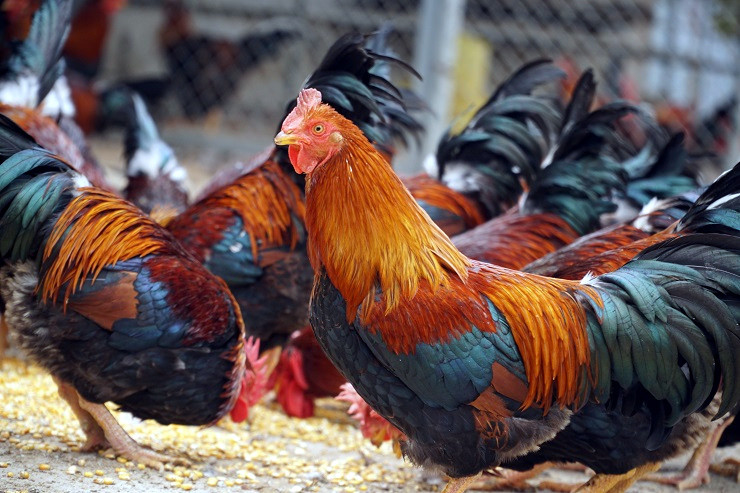
Source








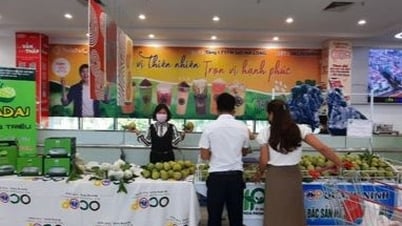





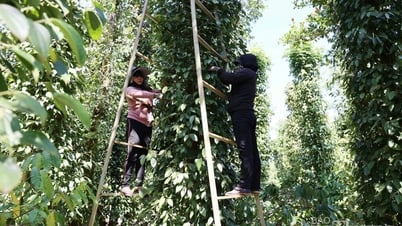
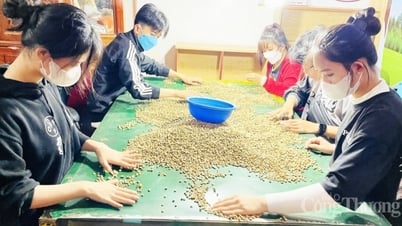











































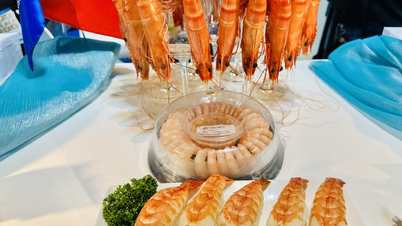













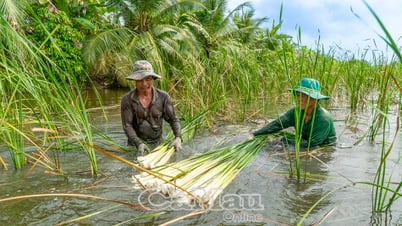













![[OCOP REVIEW] Tu Duyen Syrup - The essence of herbs from the mountains and forests of Nhu Thanh](https://vphoto.vietnam.vn/thumb/402x226/vietnam/resource/IMAGE/2025/6/5/58ca32fce4ec44039e444fbfae7e75ec)







Comment (0)